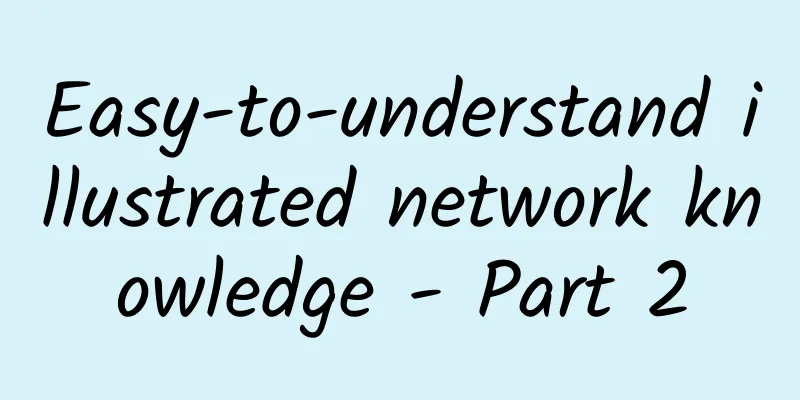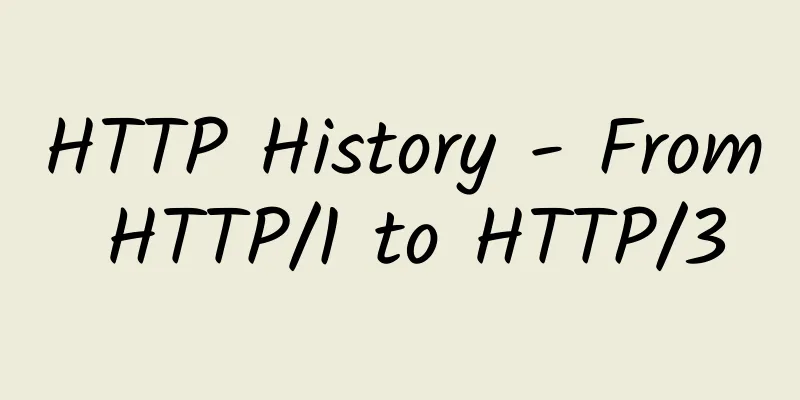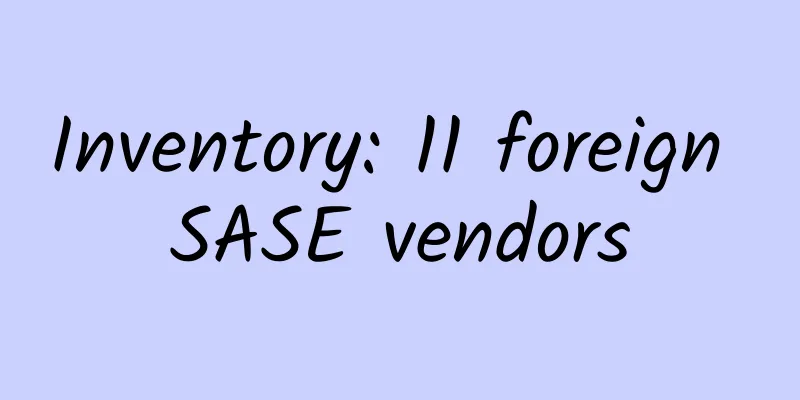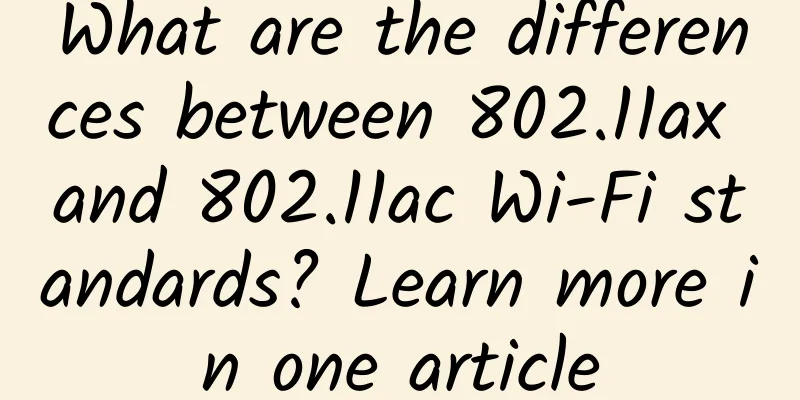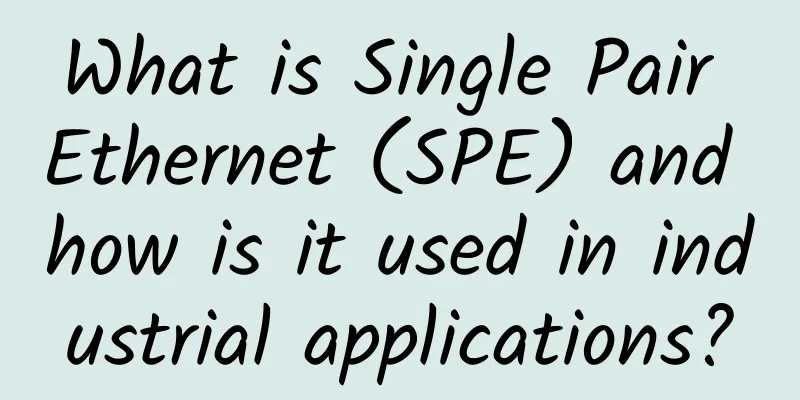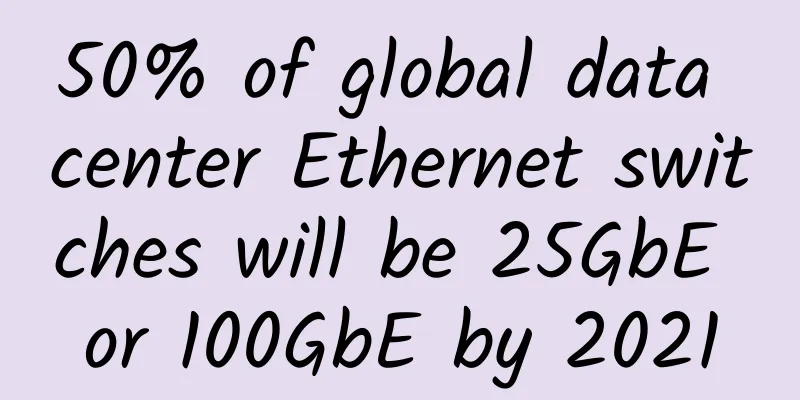The Matter protocol is rising rapidly. Do you really understand it?

|
The topic we are going to talk about today is related to smart home. When it comes to smart home, everyone should be familiar with it. As early as the beginning of this century, when the concept of the Internet of Things was just born, the most important application field was smart home. Over the years, with the continuous development of digital technology, more and more home smart hardware has been invented. These hardware have brought great convenience to family life and increased the fun of life. Smart Home However, when we use smart home devices, we must have encountered such problems: Suppose you are using a phone from manufacturer A and have installed the smart home platform app from manufacturer A. Then, manufacturer B releases a smart home product that you like very much. However, manufacturer A's app cannot manage it. If you want to buy it and use it, you must install another manufacturer B app. Of course, if you are interested in the products of manufacturer C, this means you also need to install the app of manufacturer C... Over time, you will have a lot of apps on your phone. That’s right, this is the ecological barrier problem that has long plagued the smart home industry. In fact, the development of IoT technology has always been characterized by fragmentation. Different application scenarios match IoT technologies with different characteristics. Some require large bandwidth, some require low power consumption, some focus on stability, and some pay great attention to cost. This has led to the mixed use of multiple underlying communication technologies such as 2/3/4/5G, NB-IoT, eMTC, LoRa, SigFox, Wi-Fi, Bluetooth, Zigbee, Thread, etc. Smart home is a typical local area network scenario, mainly based on short-range communication technologies such as Wi-Fi, Bluetooth, Zigbee, Thread, etc., with many categories and cross-use. Moreover, because smart homes are aimed at non-professional users, manufacturers often build their own platforms and UI interfaces and use proprietary application layer protocols to ensure user experience. As a result, the current "ecosystem war" has taken shape. The barriers between ecosystems not only bring endless troubles to users, but also cause great trouble to manufacturers and developers. To launch the same product, they need to develop it for different ecosystems, which greatly increases the workload and cost. Because the ecological barrier problem seriously restricts the long-term development of smart homes, the industry has begun to work hard to find solutions to this problem. The birth of the Matter protocolIn December 2019, Google and Apple joined the Zigbee Alliance, joining forces with Amazon and more than 200 companies and thousands of experts around the world to promote a new application layer protocol, namely Project CHIP (Connected Home over IP) protocol . As the name suggests, CHIP is a home interconnection based on IP protocol. The purpose of launching this protocol is to increase device compatibility, simplify product development, improve user experience, and promote industry development. After the CHIP working group was established, it was originally planned to release the standard in 2020 and launch the product in 2021. However, due to various reasons, this plan was not realized. In May 2021, the Zigbee Alliance was renamed CSA (Connectivity Standards Alliance). At the same time, the CHIP project was also renamed Matter (which means "situation, event, substance" in Chinese). The alliance changed its name because many members were unwilling to join Zigbee. The reason why CHIP was changed to Matter was probably because the word CHIP was too well-known (originally meaning "chip") and it was very easy to collide with it. In October 2022, CSA finally officially released the Matter standard protocol version 1.0. Not long ago, on May 18, 2023, Matter version 1.1 was also released. CSA alliance members are divided into three levels: initiators, participants, and adopters. The initiator is the highest level and is the first unit to participate in the drafting of the agreement. It is a member of the alliance board of directors and participates in the leadership and decision-making of the alliance to a certain extent. Some of the sponsors Google and Apple, as representatives of the initiators, made great contributions to the early specifications of Matter. Google contributed its existing Smart Home network layer and application protocol Weave (a set of standard authentication mechanisms and device operation commands), while Apple contributed HAP Security (used for end-to-end communication and local area network control, ensuring strong privacy and security). According to the latest data on the official website, there are 29 initiators of the CSA Alliance, 282 participants and 238 adopters. Led by the giants, industry companies are actively exporting intellectual property to Matter and are committed to building a unified, seamlessly connected ecosystem. Matter's protocol architectureAfter all this talk, how should we understand the Matter protocol? What is the relationship between it and Wi-Fi, Bluetooth, Thread and Zigbee? Don't worry, let's take a look at a picture first: This is a diagram of the protocol architecture. Wi-Fi, Thread, Bluetooth (BLE), Ethernet, etc., belong to the bottom layer protocol (physical layer and data link layer); above the bottom layer is the network layer, including the IP protocol; above that is the transport layer, including TCP and UDP protocols; and the Matter protocol, as we have mentioned before, belongs to the application layer protocol. In addition to the underlying protocols, Bluetooth and Zigbee also have dedicated network layers, transport layers, and application layers. Therefore, Matter, Zigbee, and Bluetooth are mutually exclusive protocols. Currently, the only underlying protocols supported by Matter are Wi-Fi, Thread, and Ethernet. In addition to the protocol architecture, we also need to know that the design concept of the Matter protocol is open. It is an open source protocol that can be viewed, used and modified by anyone to adapt to different application scenarios and needs, which will bring transparent and reliable technical advantages. The security of the Matter protocol is also a major selling point. It uses the latest encryption technology and supports end-to-end encryption to ensure that users' communications cannot be stolen or tampered with. Matter's Networking ModeNext, let's look at Matter's actual networking. Let's use a picture to illustrate: As shown in the figure, Matter is a protocol based on TCP/IP, so Matter is the same networking as TCP/IP. Wi-Fi and Ethernet devices that support the Matter protocol can be directly connected to wireless routers. Thread devices that support the Matter protocol can also be connected to IP-based networks such as Wi-Fi through border routers. For devices that do not support the Matter protocol, such as Zigbee or Bluetooth devices, you can connect to a bridge device (Matter Bridge/Gateway), perform protocol conversion, and then connect to a wireless router. Matter's Industrial ProgressMatter represents the development trend of smart home technology. Therefore, it has received widespread attention and enthusiastic support since its inception. The industry is very optimistic about the development prospects of Matter. According to the latest report from market research firm ABI Research, from 2022 to 2030, more than 20 billion wireless connected smart home devices will be sold worldwide, and a large proportion of these device types will meet the Matter specification. Image source: ABI Research Matter currently uses a certification mechanism. Hardware developed by manufacturers needs to pass the CSA Alliance certification process to obtain Matter's certification certificate and be allowed to use the Matter logo. According to CSA, the Matter specification will apply to various types of devices such as control panels, door locks, lights, sockets, switches, sensors, thermostats, fans, climate controllers, blinds and media devices, covering almost all scenarios of smart homes. Terminal device types supported by Matter (from CSA official website) From an industrial perspective, many manufacturers’ products have passed Matter certification and are gradually entering the market. Chip and module manufacturers also have strong support for Matter. Quectel Communications, a leading domestic module company, as a CSA participant-level member, has made relevant contributions to the application layer of Matter and has also launched a number of Wi-Fi modules that support the Matter protocol, including FC41D, FCM100D, FLM040D and FLM140D series products. Their one-stop Matter solution based on modules, APP, platform, certification and production can quickly lower the R&D entry threshold for customers' Matter devices and shorten the product launch cycle. Considering that Matter is still in its infancy and the entire protocol has certain technical and cooperative complexities, Quectel Communications places more emphasis on "simplicity of operation, reliability and security" in its Matter module products. Taking lighting and electrical applications as an example, the application layer firmware developed by Quectel Communications based on the Matter module can realize many very practical functions. Quectel's solution can support Matter-compliant apps to configure, control and share devices, and supports customers to build their own app system through OEM apps. The one-stop end-to-end solution of "terminal + connection + platform + application" they provide can help customers connect conveniently, efficiently and quickly, and realize more IoT scenarios. It is worth mentioning that Quectel Communications can also provide a complete set of production line transformation solutions to help customers achieve a series of tasks such as QR code laser engraving, functional automation testing, and equipment aging testing. ConclusionAs an upper-layer protocol, Matter’s biggest role is to break down the barriers between different devices and ecosystems. Different people have different perspectives on Matter, some see it as a savior, and some see it as a clean stream. Currently, the Matter Protocol is still in the early stages of entering the market and faces some problems and challenges, such as high costs and long cycles for updating existing equipment. In any case, it has brought an impact to the smart home technology system that has been dull for many years. If the old system restricts the development of technology and limits the user experience, then we need technologies like Matter to stand up and take on the responsibility. We have not yet been able to draw a conclusion on whether Matter will be successful. However, empowering family life with digital technology and continuously improving users' digital life experience is the vision of the entire smart home industry and the responsibility of every industry enterprise and practitioner. I hope that smart homes can break through all technological shackles as soon as possible and truly enter every household. |
<<: 5G development enters its fourth year, and innovation is the key to development
Recommend
Interesting DHCP chat
[[386236]] In this article, we will talk about th...
Three ways artificial intelligence will change IT service management
In the quest for smarter and faster services, IT ...
Samsung bets on European 5G orders to grow network equipment business
Samsung Electronics is pinning its hopes on Europ...
To promote the building of core capabilities, Huawei proposes a top-level design framework for operators' digital transformation
Today, at the MWCS 2021 media analyst pre-communi...
The Ministry of Industry and Information Technology has implemented new measures to promote the accelerated development of 5G and accelerate the construction of the new economic form of "5G+".
my country's 5G development has once again re...
edgeNAT: 30% off for Korean dedicated servers, 20% off for monthly VPS in Korea/USA/Hong Kong, 30% off for annual VPS
edgeNAT is a Chinese hosting company founded in 2...
GSMA: Global 5G deployment will slow down due to the epidemic
On November 16, the Global System for Mobile Comm...
WiFi, Bluetooth, NFC, three major technologies covered in one article!
Wi-Fi, Bluetooth, NFC, I believe everyone is fami...
Ofcom plans to free up more 5 GHz spectrum for WiFi deployment
According to foreign media reports, the UK teleco...
GreenCloudVPS 9th anniversary, $15/year KVM-2GB/20GB/2TB/San Jose and other data centers available
GreenCloudVPS recently launched its 9th anniversa...
Huawei Network Energy "Innovation" on the Road
[51CTO.com original article] Introduction: "...
China Mobile announces it has built more than 500,000 5G base stations
On the afternoon of August 31, the 2021 World 5G ...
BriskServers: $7.8/mo-AMD Ryzen9 7950x/4GB/80GB/Unlimited data @ 10Gbps/Ashburn
BriskServers was founded in 2021 by a group of ga...
Understanding Lossless Networks in One Article
According to OpenAI's data analysis, the amou...
